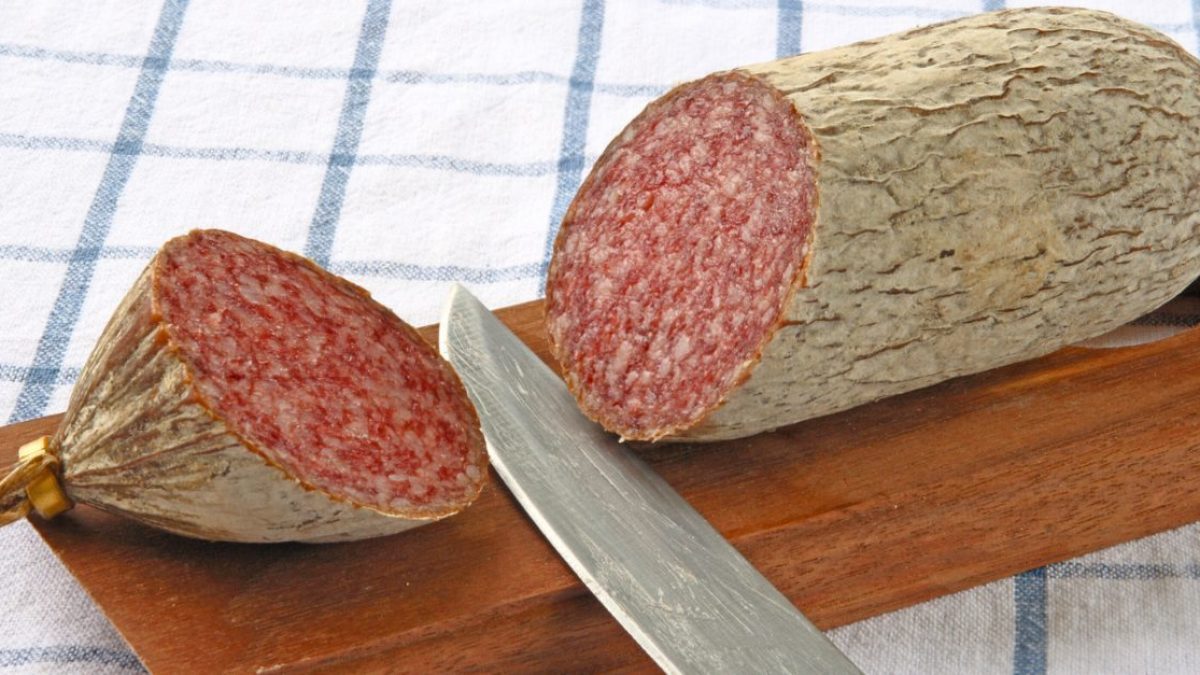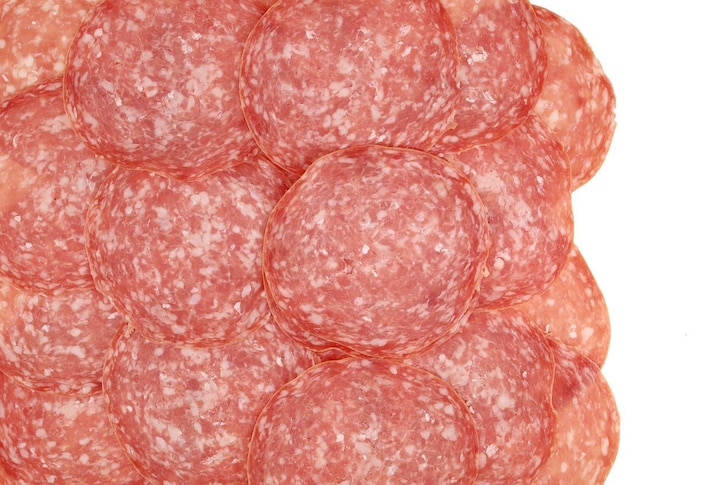
We all know that no matter how delicious cured meats are, they should be eaten in moderation. Among these, there's one loved by children and adults alike: Hungarian salami. Truth be told, when you heard it called that, you probably thought it came from Hungary, but in reality, it originated in Italy. So why does it have that name if it doesn't originate in Budapest and the surrounding area? Get ready, because the history of this cured meat will leave you quite surprised, a bit like discovering your favorite dish has a completely unexpected origin.
A Made in Italy Product That Has Become Popular Outside of Italy
Yes, you understood correctly: despite its name, Hungarian salami does not originate in Hungary but in the green lands of Friuli. To discover its origins, we must go back to the first half of the 19th century, a time when unified Italy as we know it today did not yet exist. Ancient Friuli was largely a territory under the control of the Austro-Hungarian Empire. You should know that in those years, many of the population, especially those from Friuli, moved to Budapest in search of work. Among them were the norcini, or butchers specialized in pork and considered true artists in their profession. Among the migrants, there was one in particular known as Uncle Giovanni (Barbe Nane), originally from Budoia (Pordenone). Around 1850, he found work as a bricklayer in Budapest, where he brought with him a typically Friulian custom: preparing salami at home and eating it during breaks from work.

The product was a tempting choice for all his Hungarian colleagues, and soon the next step was a short one: requests abounded, and word of mouth made Uncle Giovanni a household name throughout the capital. At that point, he decided to abandon his profession as a bricklayer and start a new business producing salami, which was initially produced artisanally and then mass-produced after a dramatic surge in demand. Uncle Giovanni's invention became a true gastronomic phenomenon that conquered the palates of Budapest and the entire Empire.
From Craftsmanship to World Fame
Dozzi was the first company, located on the banks of the Danube, to sell this product in the city. By then, despite being the fruit of Italian ingenuity, salami had officially become Hungarian, and that's why we still call it that today. Over time, other Friulian families also brought their salami-making skills to Hungary. One of the most important factories was Vidoni in Debrecen, which became one of the largest in the country, contributing significantly to the local economy, making it famous throughout Europe, and enriching its gastronomic culture. For eighty years, they were a reliable presence throughout Budapest, but with the outbreak of the Second World War, they disappeared under the rubble. Other historic companies, such as Levoni, founded in 1911, took an interest in the matter and helped perfect the recipe invented by Friulian pork butchers and make it more accessible to the whole world. It was here that the smoky note that made Hungarian salami even more delicious was added. It must be said that despite being the story of a "simple salami", it is incredibly fascinating: the story of Uncle Giovanni is emblematic of how an artisanal product can cross borders and become an icon.

So is it still so famous in Hungary today? Absolutely, in fact, in Budapest and its surroundings it continues to be a food symbol under the name téliszalámi (winter salami). This version, compared to the one we know, may be slightly different due to a touch of sweet paprika, a much-loved ingredient in the country. The fundamental characteristics are the same: fine grain and smokiness. A story reminiscent of that of a son who, despite having left his birthplace in search of fortune, always maintains a very strong bond with his origins.
;Resize,width=767;)
